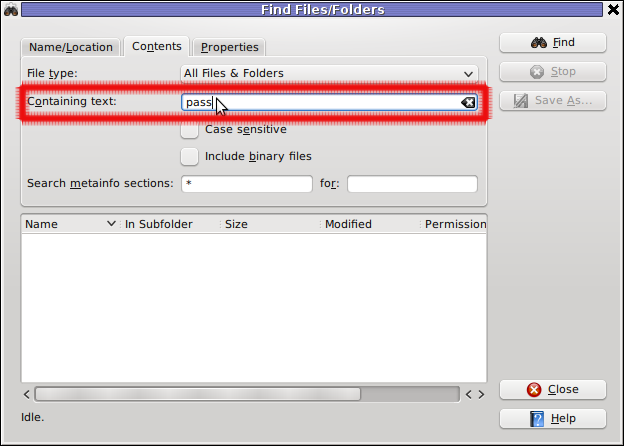

That’s all from this post, I hope you have found it informative. In case, there is an output then we can say that there might be some corruption in compressed tar backup. tar.bz2 $ tar -tvf system-back.tbz2 > /dev/nullĪbove commands should not produce any output on the screen. tar.gz $ gunzip -c system-back.tgz | tar -t > /dev/nullįor. To verify the integrity of compressed tar backup, use followingįor. Step 1 - Create a folder to store your backups on the remote server.

LINUX FOLDER BACKUP RECURSIVE MAC OS
In case of corruption, we will get the output something like below, They are already installed on Mac OS X, and most linux / unix servers. If above command does not generate any output on the screen then we can say that there is no corruption. $ sudo tar -xpvf system-back.tgz -C /var/tmp/įor tar ball, use ‘-tf’ option and redirect the output to /dev/null file, $ tar -tf system-back.tar > /dev/null This flag syncs recursively and preserves symbolic links. Another option is to use the -a flag, which is a combination flag and stands for archive. In the following example we are extracting system-back.tgz in /var/tmp folder. To sync the contents of dir1 to dir2 on the same system, you will run rsync and use the -r flag, which stands for recursive and is necessary for directory syncing: rsync -r dir1/ dir2. In case you want extract it in a particular folder then use ‘ -C’ option followed by the folder path. This command will extract system-back.tgz in the current working directory. Example is shown below $ sudo tar -xpvf system-back.tgz Use ‘ -x’ option in tar command to extract tar backup, complete option would be ‘ -xpvf’. Example is shown below: $ sudo tar -tvf system-back.tgz | grep -i etc/fstab To view the contents of tar backup, use ‘ -t’ option, complete options would be ‘ -tvf’.
LINUX FOLDER BACKUP RECURSIVE HOW TO
Run following command to exclude files mentioned in exclude.txt while creating tar backup of /etc $ sudo tar -X exclude.txt -zcpvf etc-backup.tgz /etc How to view the contents of tar backup? To use exclude feature we must create a exclude file which will have file name to be excluded. To exclude a file while creating tar backup, use ‘ -X’ option followed by the exclude file. How to exclude file while creating tar backup? The second option is more of a workaround rather than the most efficient way. Or you can pass a number to the -max-depth that youre sure is greater than or equal to the max level of sub-directory depth: sudo du /var/ -h -max-depth999. Note: We can not append files or folders to compressed tar backup as it is not supported. To recursively get all subdirectories of /var/, you can use sudo du /var/ -h. Let’s assume we want to append /root/app.yaml file to system-backup.tar, run $ sudo tar -rvf system-back.tar /root/app.yaml Let’s assume we want to take backup of / home/linuxtechi, /etc and /opt folder. To create a tar backup file, first identify the files and folders that would be part of your backup.


 0 kommentar(er)
0 kommentar(er)
